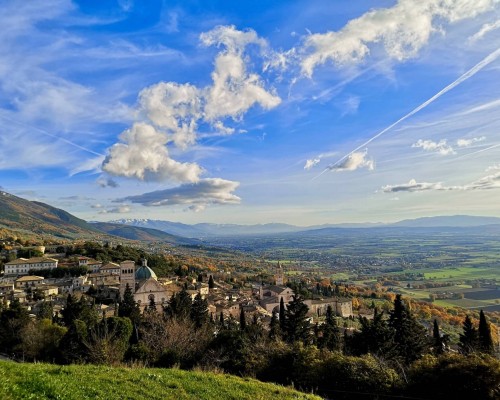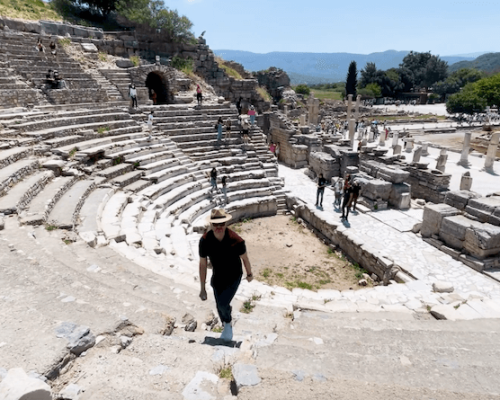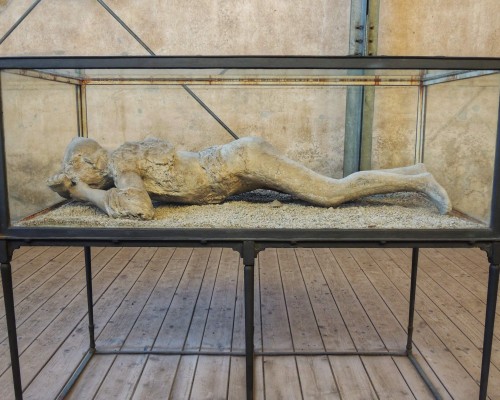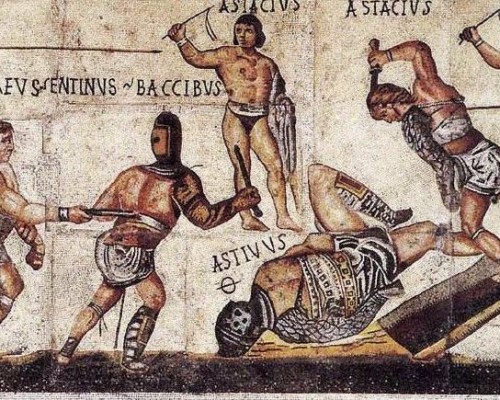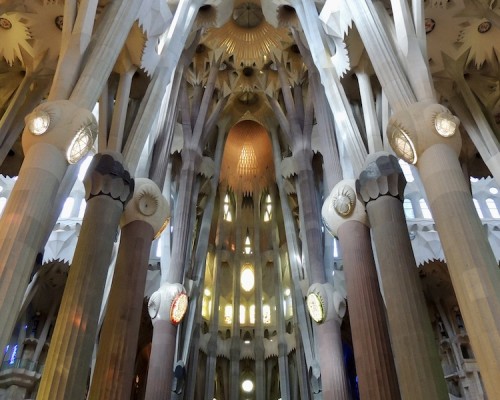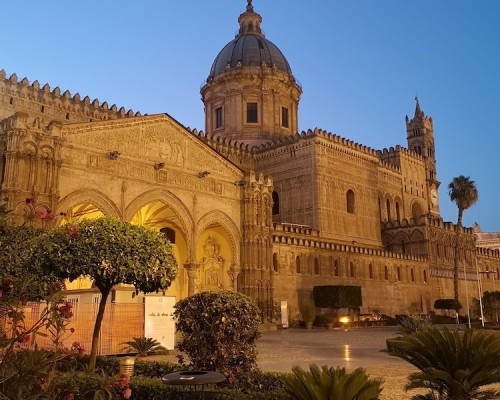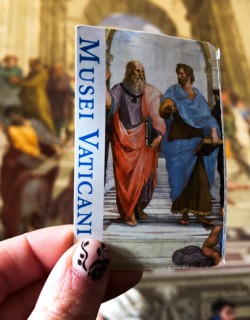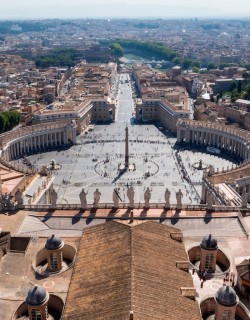Things to do
Let us help you make the most of your travels with our in-depth visitor guides, from world-class museums to must-visit regions and much more.
In the Footsteps of Saint Francis: What to See in Assisi
Spectacular Assisi blends art, faith, and history in perfect harmony. From Giotto’s frescoes to ...
Wed 08 Oct 2025
read moreHow to Visit Ephesus in Turkey: Everything You Need to Know
Step into the ancient world at Ephesus, where Roman streets, libraries, and theaters are stunningly ...
Sun 30 Jul 2023
read moreWhat to See in Ephesus: Walking Through Turkey's Ancient Gem
Once a jewel of the ancient world, Ephesus still stuns with its monumental ruins. From the Library ...
Tue 16 Sep 2025
read moreWhat to See on the Aventine Hill in Rome
Discover the Aventine Hill in Rome and explore panoramic gardens, historic churches, and hidden ...
Wed 10 Sep 2025
read moreEmily in Paris Goes to Rome: All the Filming Locations You Can Visit
Follow Emily to Rome in Emily in Paris Season 4! Discover the real-life filming locations, from the ...
Tue 02 Sep 2025
read moreThrough Pliny’s Eyes: The Last Hours of Pompeii
Experience the fall of Pompeii through Pliny’s vivid account of the eruption of Mount Vesuvius.
Mon 25 Aug 2025
read moreGladiator Types in Ancient Rome: Warriors of the Arena
Gladiators weren’t all alike. Explore the distinct types and see how their combat in the Colosseum ...
Tue 19 Aug 2025
read moreCelebrating Ferragosto: Italy’s August Holiday
Find out all you need to know about Ferragosto, the Italian summer holiday that takes place every ...
Thu 14 Aug 2025
read moreWhat to See in Siena Cathedral: 10 Highlights Not to Miss
Discover the top things to see in Siena Cathedral, from Michelangelo's sculptures to panoramic views ...
Thu 31 Jul 2025
read more7 Reasons why Capri Needs to be on your Bucket List
With its jaw-dropping views and unique glamour, Capri is a must-visit for anyone searching for a ...
Sun 27 Jul 2025
read moreHow to Visit the Sagrada Familia in Barcelona: Highlights, Tickets, Tours and More
Plan your visit to Gaudí’s breathtaking Sagrada Familia with our complete guide—discover must-s ...
Mon 07 Jul 2025
read moreWhat to See in Palermo in 2025: Your Complete Guide to the Sicilian Capital
Discover why Palermo is one of Europe’s most fascinating hidden gems. From Arab-Norman churches to ...
Tue 01 Jul 2025
read morePost Categories
